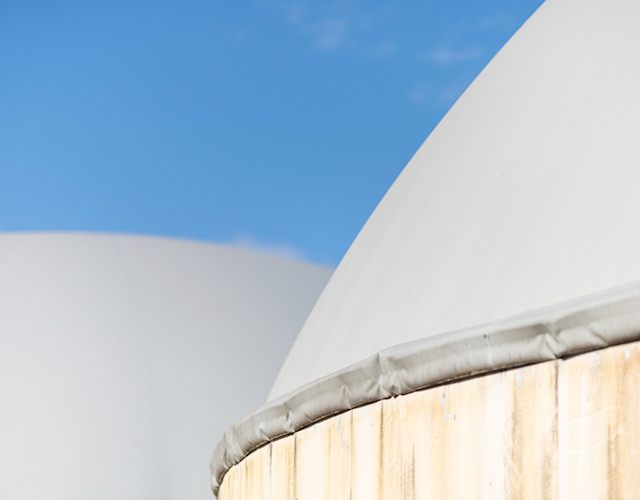Urgence gaz 0 800 028 800

A farmer’s account: the keys to success for a methanisation project!
How do you properly design your methanisation project? How do you optimise the costs of connecting to the gas grid? Why should you join forces with other farmers? Who should you get working on your project? While methanisation can add sustainability to a farm’s economic model, it can also make a positive contribution to life in the local area because of its environmental and economic benefits. That is why the most suitable projects are put together by farmers, elected representatives, industry and the public. Don’t hesitate to contact Teréga and get started!
Do you have an agricultural methanisation project?
No matter how far advanced you are with your methanisation project, don’t hesitate to contact your dedicated Teréga contact in your territory, who can answer any questions you may have, advise you and help you prepare your project as thoroughly as possible. There’s no commitment!

How does Teréga support a methanisation project?
As a gas grid operator, our public service mission is to facilitate the creation of methanisation projects across our territories in Nouvelle-Aquitaine and Occitanie, so we can increase the proportion of renewable energies in the French energy mix and, in doing so, accelerate the energy transition. That’s why we get involved in projects way ahead of connection to our grid, to help you consolidate your project and make it a success. We then support you throughout the delivery phase, and on into the operation of your methanisation unit.
Teréga helps you prepare your methanisation project.
Your dedicated area contact will advise you and provide the practical and regulatory information you need to design your project to the optimal specifications. If necessary, we’ll be happy to support you in your dealings with local authorities. We can launch a free, no-obligation preliminary investigation to:
identify an appropriate plot of land close to our pipelines,
estimate the volume of inputs needed to produce a sufficient flow of biomethane for the project to be cost-effective,
estimate the budget needed for your project, including in particular an initial technical-economic simulation of your connection to the Teréga grid,
estimate the time required for completion.
If that preliminary assessment goes well, we carry out a feasibility study (for which there is a charge and an obligation on your part this time), to confirm the data prior to launching the actual work. We give you advice from the very outset on how to optimise your connection costs. Alongside that, we take responsibility for registering your project in the national register of biomethane capacities, to reserve your injection capacities on the gas grid.
Teréga connects your methanisation unit to the gas grid.
After that, our role is to install the injection station allowing you to connect your methanisation unit to the gas transport grid. Teréga has many years’ experience of managing gas infrastructures, making us the benchmark operator when it comes to organising the different service providers working on a connection site, where demands in terms of safety are very high.
Teréga takes care of the quality of your biomethane injection.
Throughout the whole contract, we guarantee the correct operation of the injection station, ensuring:
quality control over the biomethane produced by your plant,
odorisation of the biomethane prior to its injection into the gas transport grid,
metering of the gas injected.
If you’d like to find out more about our expert advice and support, don’t hesitate to contact your dedicated area contact person.









